Projects
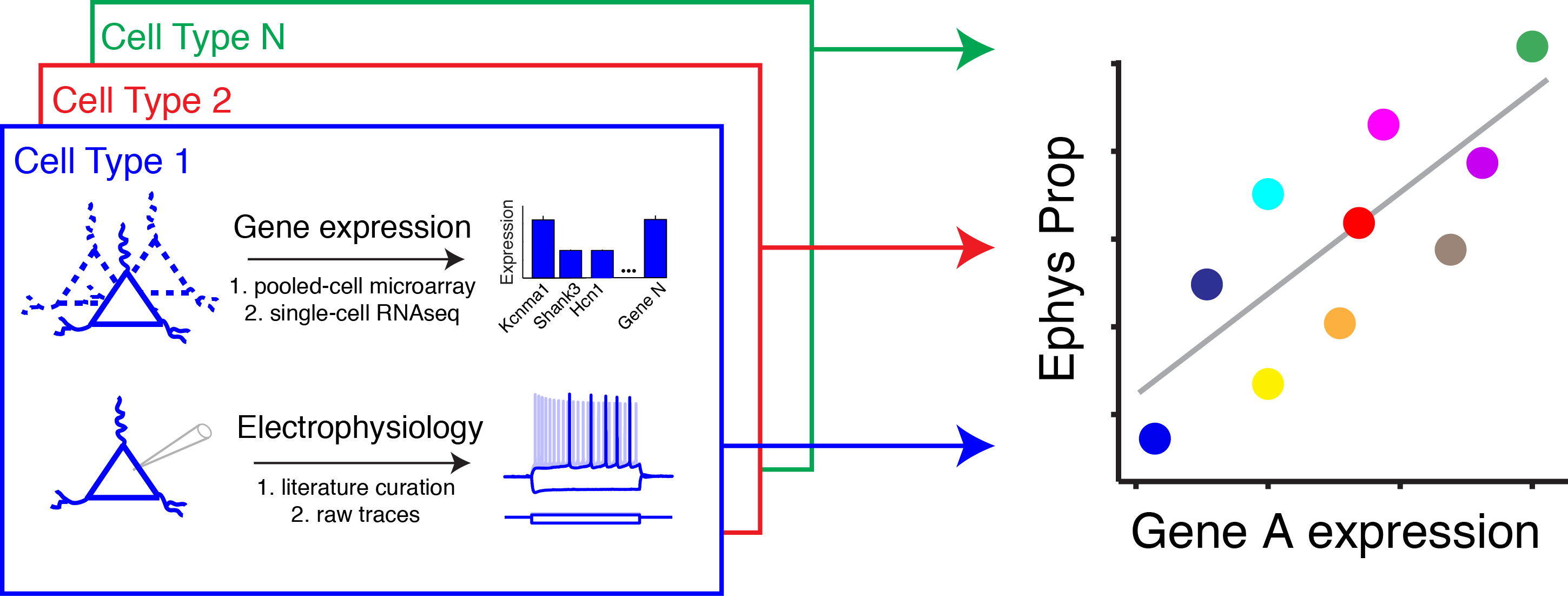
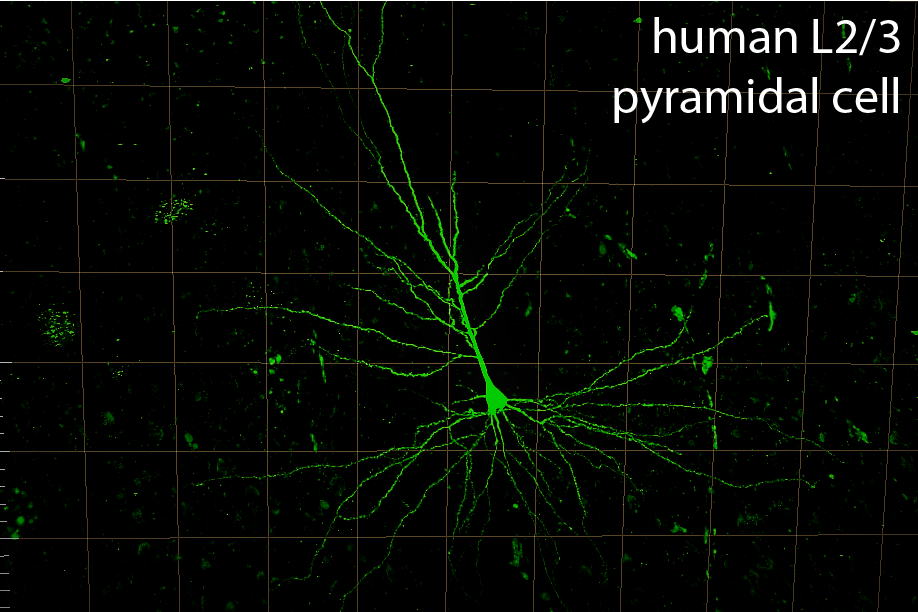
Studying the diversity and function of human cortical neurons
Working with experimental colleagues in the Valiante Lab at the Krembil Research Institute,
we are investigating the electrophysiological function of human cortical neurons from tissue resected during routine neurosurgery.
One goal of this work is to correlate variability in neuron function to an individual’s genetics and demographic features.
Relevant publications: here
Relevant publications: here
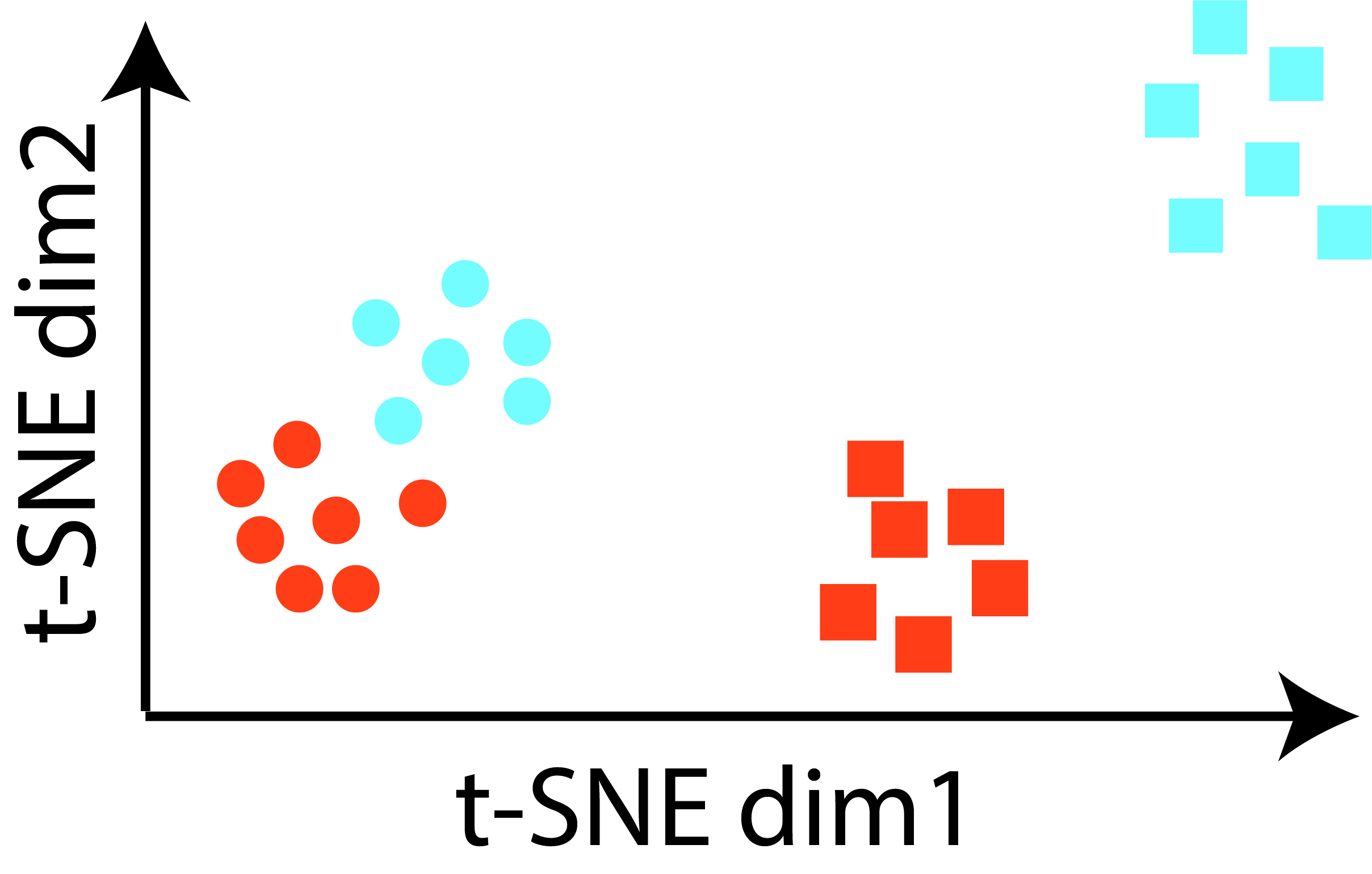
Using single-cell and spatial transcriptomics to understand brain disorders
Single-cell RNA-sequencing is revolutionizing our understanding of the cell types of the nervous system.
In collaboration with a number of experimental colleagues, we are developing computational methods to use these technologies to understand how
brain cells change in their proportion, gene expression, and electrophysiology due to neuropsychiatric and neurological conditions,
including depression, aging, and Alzheimer's disease.
Relevant publications: here and here;
Relevant publications: here and here;
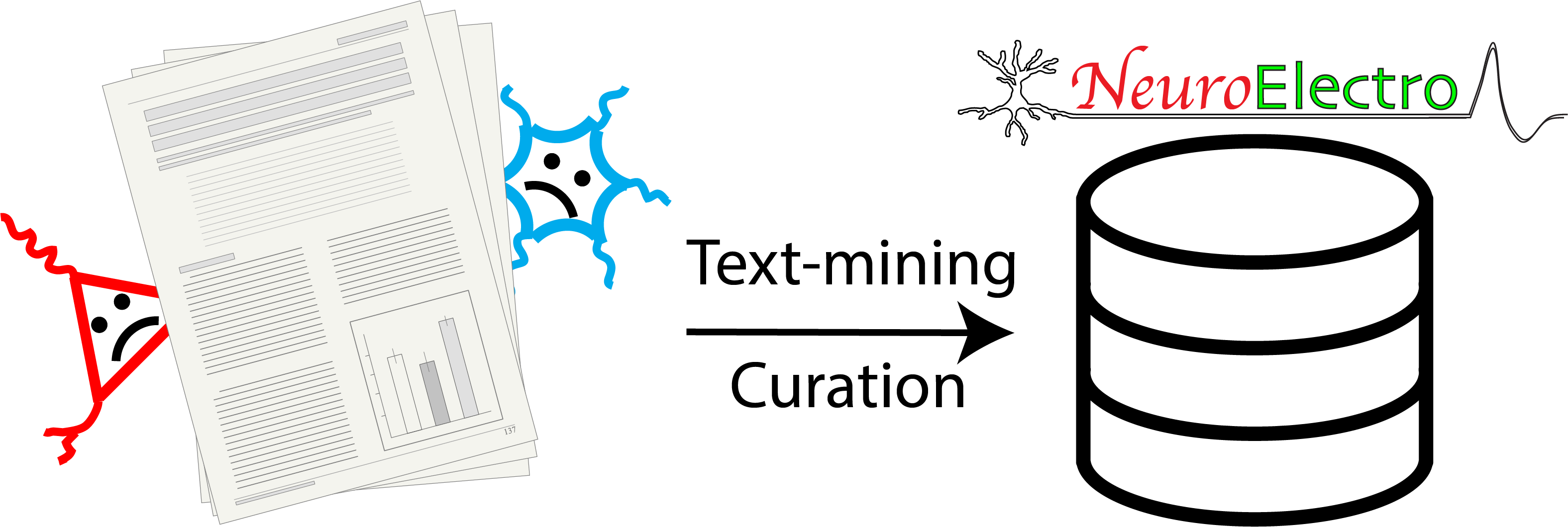
Neuroinformatics for brain cell types
We build and contribute to online public databases on brain cell type diversity, including
NeuroElectro.org, and
NeuroExpresso.org (in collaboration with the Pavlidis Lab at UBC).
Relevant publications: here and here; YouTube video for NeuroElectro: here
Relevant publications: here and here; YouTube video for NeuroElectro: here
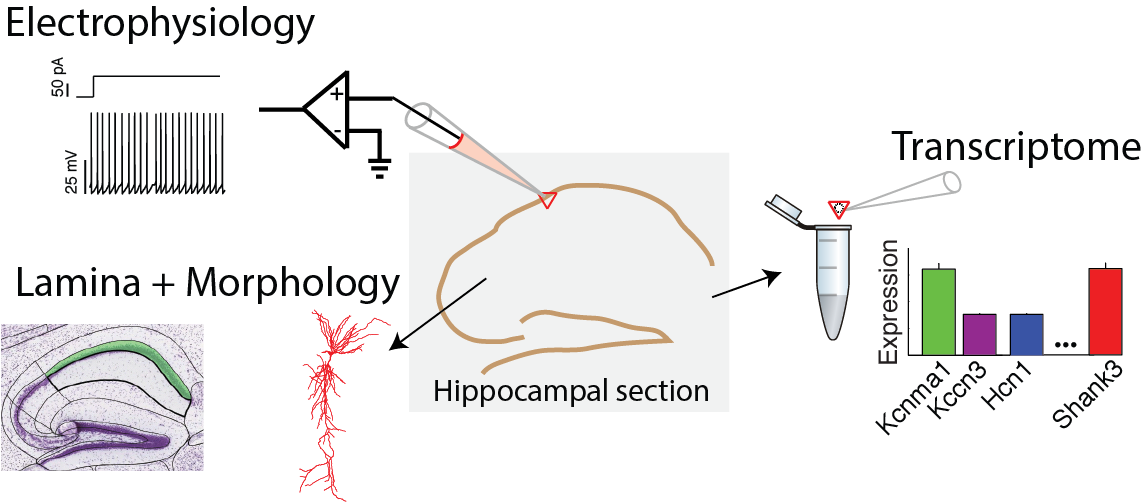
Understanding how experimental methods impact neuron characterization
Because we analyze datasets collected by many different labs, we develop computational methods to help assess a dataset’s overall quality.
This work includes understanding what factors contribute to high quality patch-seq data and how differences in ACSF and pipette solutions contribute to variable patch clamp data.
Relevant publications: here and here
Relevant publications: here and here
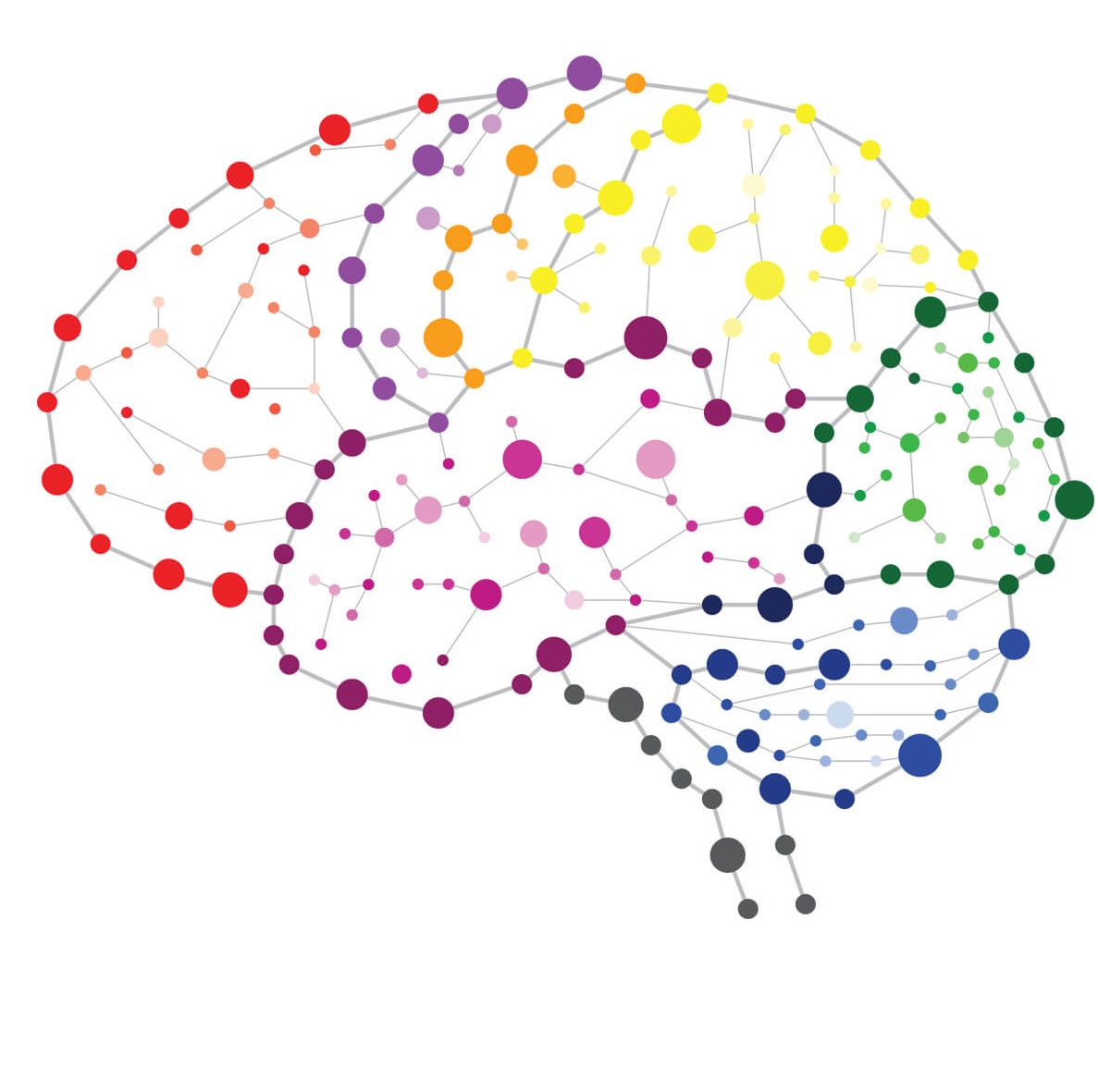
Using large-scale population cohorts to understand the interplay between genetics, the brain, and psychiatric illnesses
We have begun using datasets like the UK Biobank
to better understand the multi-modal and multi-faceted aspects of psychiatric illness. We are using these datasets to pursue questions like:
"How is depression defined into subtypes?" and "How do genetics and environmental
influences, like poor sleep quality or cannabis use, interact to increase the risk of psychiatric disorders?".